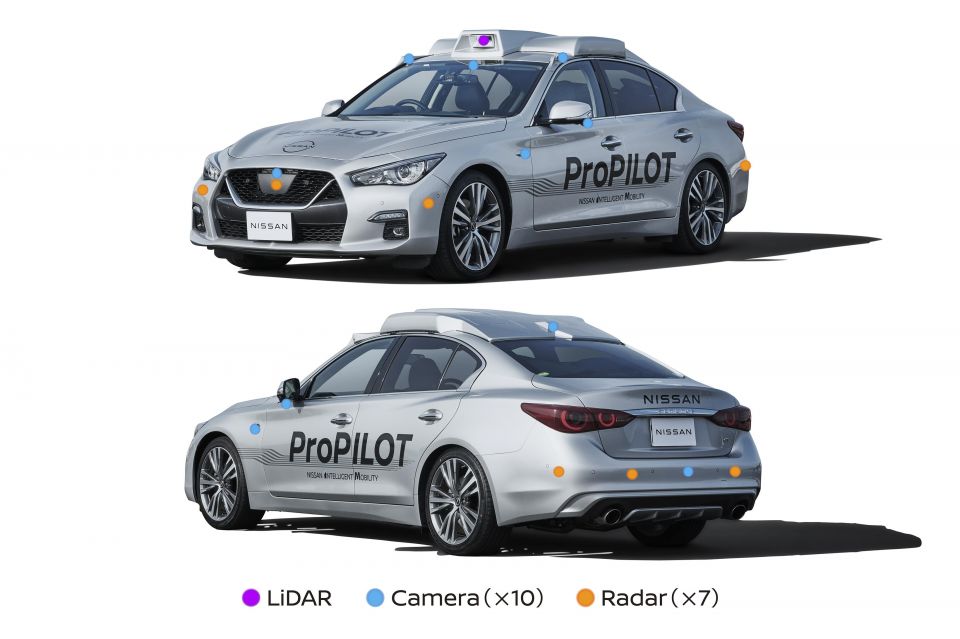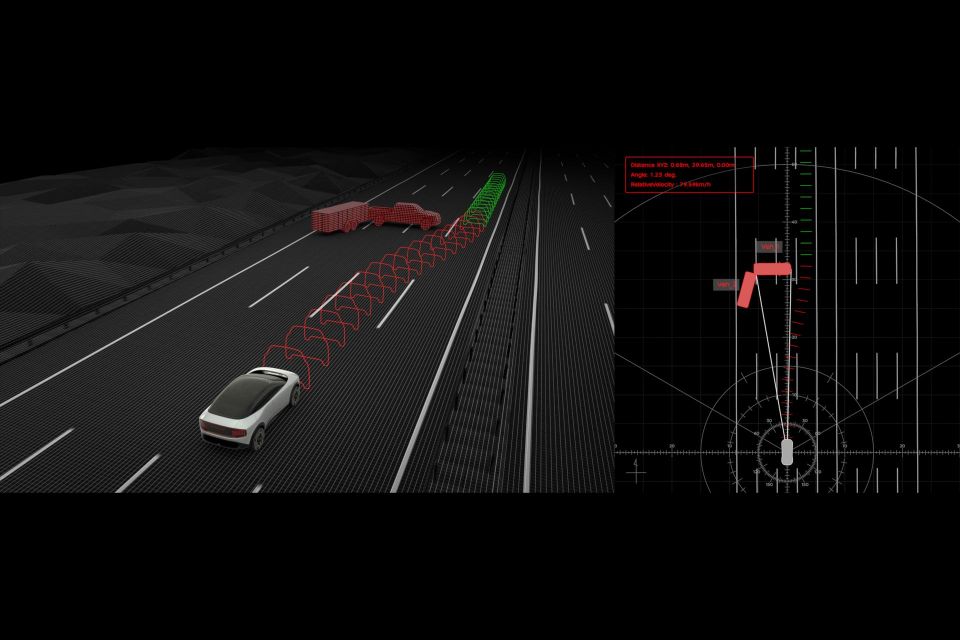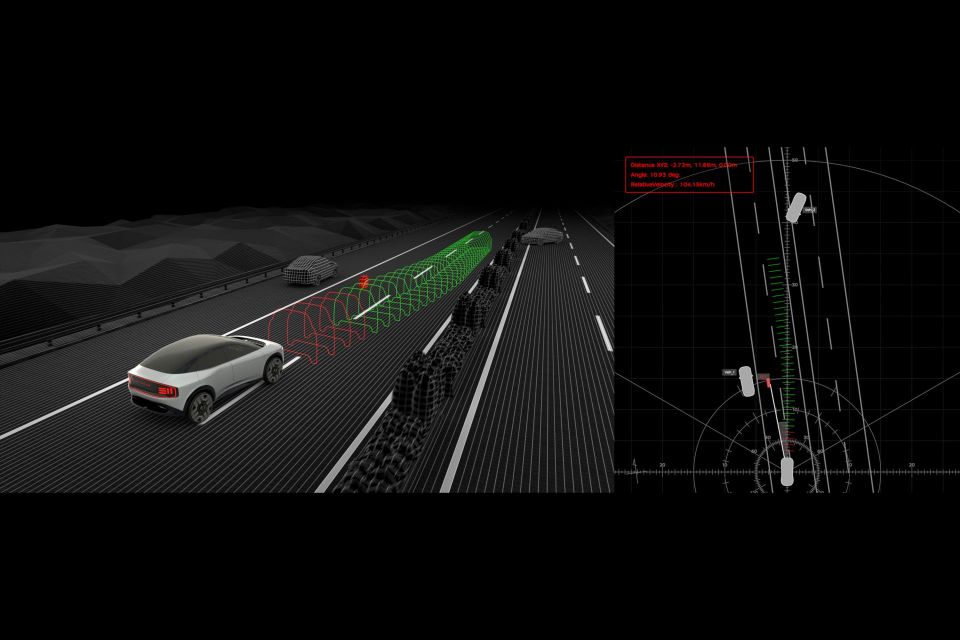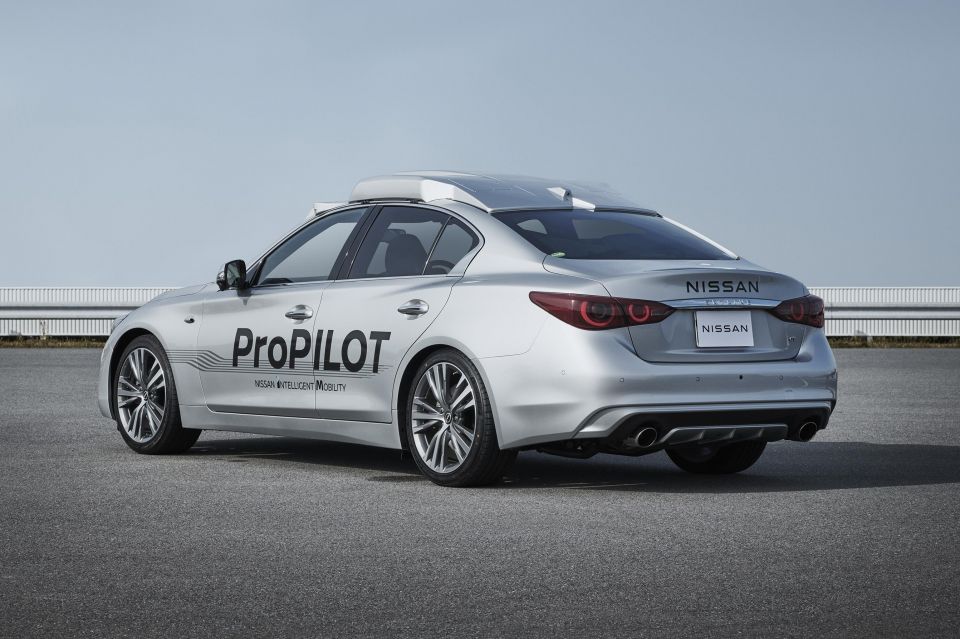

Max Davies
How Audi, BMW, Honda, Mercedes-Benz, and Suzuki started out in Australia, and where they are now
16 Hours Ago

News Editor
Nissan’s latest driver-assistance technology will use radar, cameras, and next-generation LiDAR developed with Luminar.
The Japanese automaker announced the new technology, still in development, will be able to detect the shape and distance of objects as well as the structure of the vehicle’s surroundings “in real time with a high degree of accuracy”.
It’s calling the combination of radar, LiDAR and cameras “ground truth perception”, and says it can use this information to judge and automatically perform collision-avoidance manoeuvres.
It’s aiming to start introducing this technology into its vehicles in the second half of this decade, and have it available on “virtually every new model” by fiscal year 2030.
The company has released images of a Skyline, the Japanese-market Infiniti Q50, equipped with the full array of radar, LiDAR and cameras.
In a video, Nissan demonstrates how the kitted-out Skyline can avoid collisions in an emergency but also detect stopped traffic from a distance and change lanes accordingly.
While Nissan’s current ProPilot and ProPilot 2.0 technology suites allow for semi-autonomous driving in normal situations, the company says the new technology will offer a “drastic improvement” in emergency manoeuvres.

Nissan demonstrated scenarios where its new technology would be able to safely steer the vehicle out of harm’s way, including when a loose tyre comes bouncing down the road or when a ute with a large trailer is jackknifing.
The company says the cameras help recognise “scene context”, e.g. traffic signs and road structures, while the radar recognises the motion of surrounding objects and the LiDAR “precisely reproduces space and objects like [a] 3D printer”.
“Nissan has been the first to market a number of advanced driver assistance technologies,” said Takao Asami, senior vice president leading global research and development.


“When we look at the future of autonomous driving, we believe that it is of utmost importance for owners to feel highly confident in the safety of their vehicle.
“We are confident that our in-development ground truth perception technology will make a significant contribution to owner confidence, reduced traffic accidents and autonomous driving in the future.”
In addition to working with Luminar, which has also been tapped by Volvo for its next-gen driver assistance technology, Nissan is also partnering with Applied Intuition which has developed simulation and validation technology.

Nissan announced late last year it was investing further in its ProPilot driver assist technology, with the aim of expanding it to over 2.5 million Nissan and Infiniti vehicles by fiscal year 2026.
Its latest ProPilot 2.0 system has been designed for on-ramp to off-ramp highway driving, and can handle lane diversions and passing. It can also support hands-off driving in some markets.
It was introduced on the Japanese-market Skyline in 2019, and will be available on the new Ariya electric crossover.
Where expert car reviews meet expert car buying – CarExpert gives you trusted advice, personalised service and real savings on your next new car.
William Stopford is an automotive journalist with a passion for mainstream cars, automotive history and overseas auto markets.


Max Davies
16 Hours Ago


William Stopford
16 Hours Ago


Derek Fung
16 Hours Ago


Max Davies
24 Hours Ago


William Stopford
2 Days Ago


Ben Zachariah
2 Days Ago